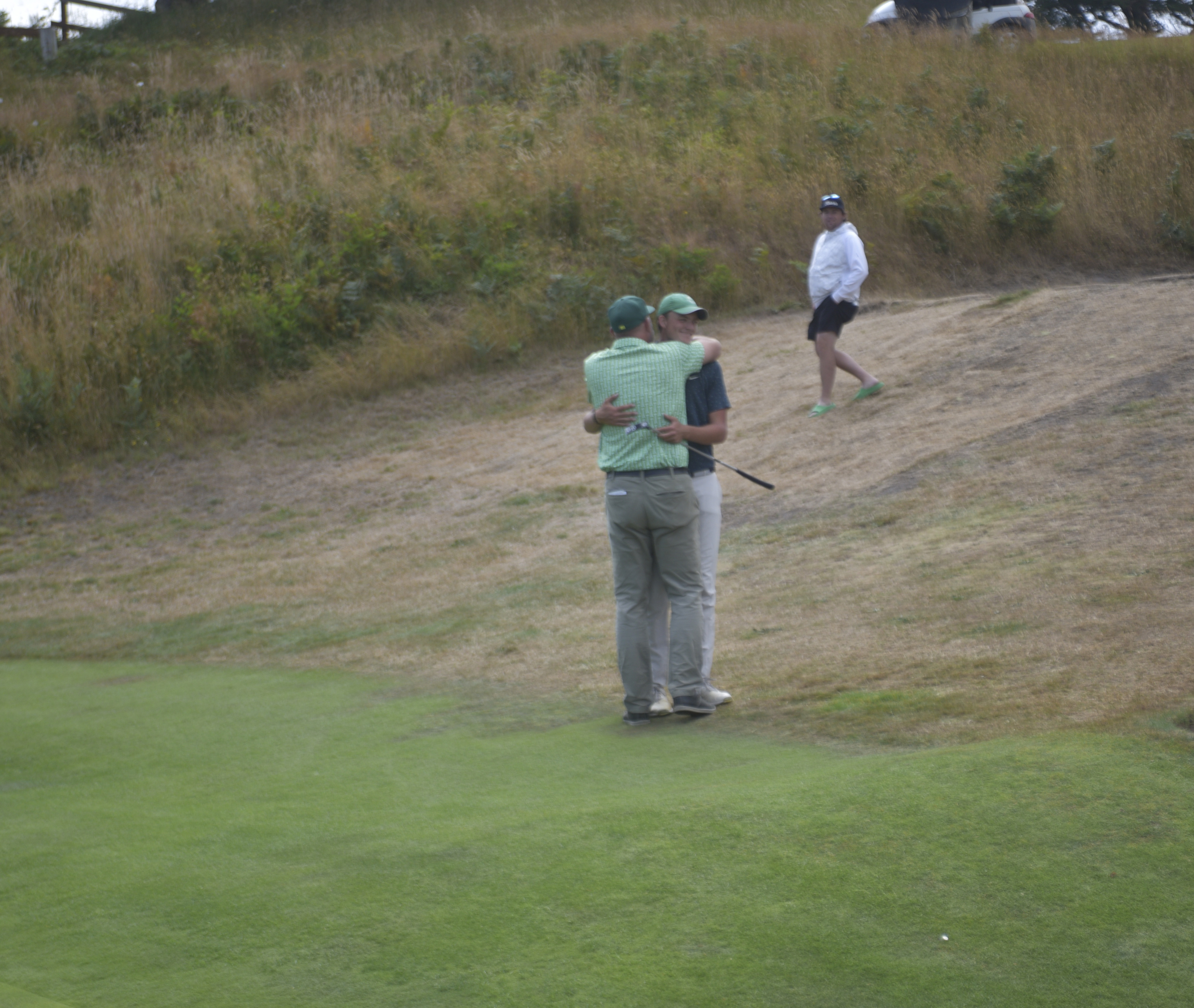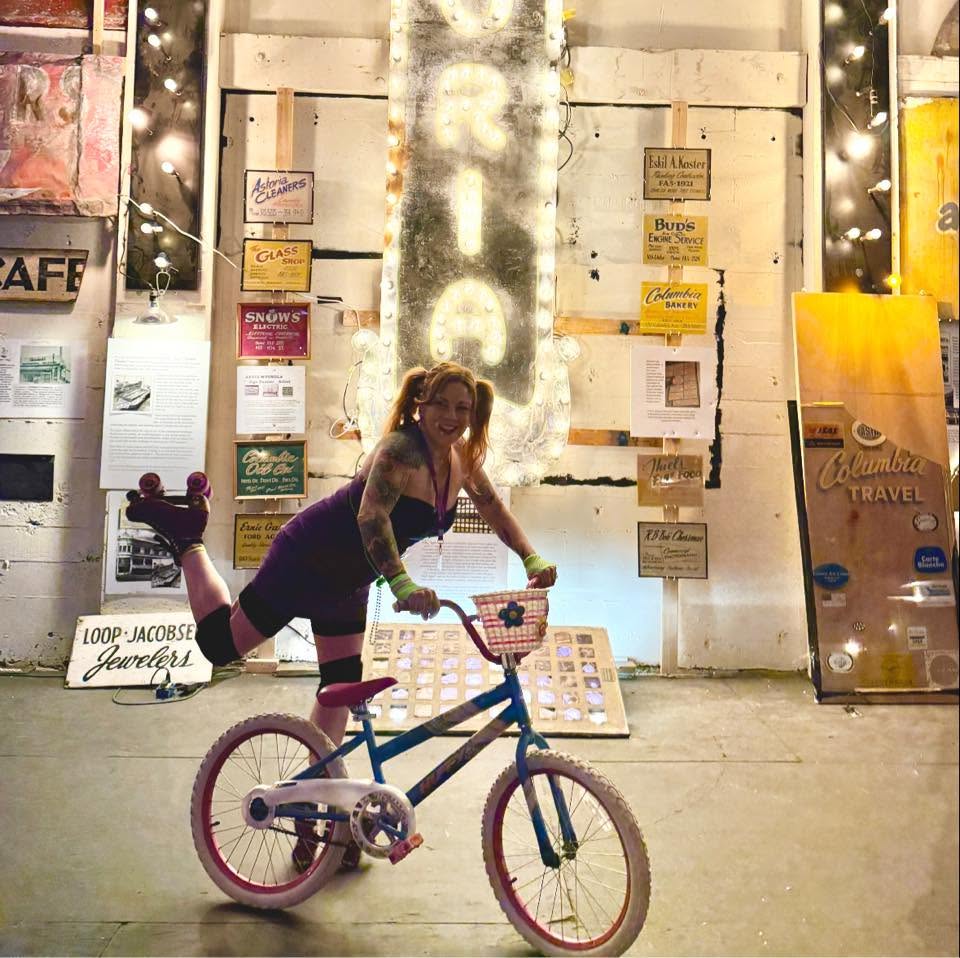Rescue preparation is the key to surviving the ‘perfect’ storm
Published 4:00 pm Monday, December 19, 2005
U.S. Coast Guard Lt. Cmdr. Kris Furtney was preparing his ship for the night when the call came in over the radio.
Trending
“Lost engine No. 1. Forty pounds of fuel remaining. Preparing to ditch.”
It was 10:05 p.m. and the cutter Tamaroa was heading north, on the way home from helping rescue a sailor on a storm-battered sailboat in the Atlantic Ocean. Now, with little or no sleep for 48 hours, Furtney’s crew reversed its course to help five men in New York’s Air National Guard, who, flying home after a failed rescue attempt in unanticipated bad weather, were undergoing a dramatic change in roles about 30 miles away.
The crew on board the Blackhawk helicopter were no longer rescuers, said Lt. Col. Dave Ruvola, the flight’s pilot. They had become survivors. And the decisions they made helped to save four of the five men’s lives.
Trending
Ruvola and Furtney told their stories to members of the Coast Guard, National Guard and U.S. Army, who gathered last week at the Columbia River Maritime Museum for a Safety Stand Down Day. Organized by the U.S. Coast Guard, the event was aimed at reducing the risks faced by military members, many who put their lives in danger on a regular basis.
“What we do is inherently dangerous,” said Lt. j.g. Amy Sandbothe, a pilot at U.S. Coast Guard Group Astoria. “We accept risk into our daily lives. But if we can more safely effect that rescue, then that’s what we’re here for … learning lessons through others is one of our best tools.”
The retired officers offered different perspectives on surviving the “perfect,” or perfectly horrible, storm.
Their experiences helped form the foundation for Sebastian Junger’s prize-winning novel and a blockbuster film depicting the October 1991 tempest. The storm formed when three weather systems collided. Cool, dry air moved from the north into a low-pressure area near Nova Scotia, while a downgraded hurricane, Grace, unleashed its tropical gale from the south.
Danger on many frontsRuvola was aware of the southern nor’easter but not of the battle that was brewing between multiple systems, and his crew headed out in the afternoon to help a stranded sailboat in weather that apparently “was gonna be rough, but was doable.”
But by the time they got to the boat, the weather had worsened. The distance between the clouds and the ocean was decreasing, and Ruvola had limited visibility. The crew’s night vision goggles would amplify available light sources, but there were none. Winds were building, and swells the size of 10-story buildings could snap a hoist cable.
After seven or eight circles around the boat, Ruvola’s team weighed the situation and decided the risk was too great – the sailor was safer where he was – and they turned back.
While Blackhawks now have additional fuel capacity, Ruvola’s helicopter that day held enough fuel to fly for about two hours, and the mission required the crew to refuel with the help of a C-130 Hercules four times. It was the final time that ended with tragic consequences.
“The helicopter was at the mercy of Mother Nature,” Ruvola said. It needed to connect to the C-130 via a hose, a maneuver made impossible by extreme turbulence and drafts.
Hammered by the wind, the Blackhawk would shoot 100 feet upward then take a 100-foot plunge. Manuals floated in the crew compartment, and people became sick in the back. They tried to refuel for nearly an hour before making a difficult decision. The helicopter’s low-level lights had flashed on, indicating they had about 20 minutes of fuel left.
“I had to use what little fuel I had left to do a controlled descent,” Ruvola explained. “Otherwise, I would have flamed out my engines at 5,000 feet.”
Time to jumpThe pilot hovered as close as he could to the water. Pararescuer Rick Smith was the first to blindly jump into the darkness. Next went rescue jumper John Spillane. Co-pilot Graham Buschor went next, but he put his night vision goggles on for a moment before taking a leap. The goggles could have killed him had he worn them as he smacked against the ocean, but the momentary vision meant the difference between dropping 10 feet onto the crest of a wave and falling 80 or 90 feet onto a trough. He came out of his jump virtually unscathed. However, the other two weren’t so lucky. Spillane suffered multiple broken bones, internal bleeding and a ruptured kidney. Smith was never found.
As the first engine flamed out, Ruvola flew away from his crew until he hit empty, then slowed the rotors and plummeted into the sea, not realizing flight engineer Jim Mioli was still on board, having elected to stay after their life raft was lost in the wind.LORI ASSA – The Daily Astorian
Retired Lt. Col. Dave Ruvola explains how he and his crew ditched a rescue helicopter during the “perfect” storm.In the turmoil before the descent, the crew had failed to run through the appropriate checklist with the pilot. Ruvola hadn’t jettisoned the cockpit door before crashing, and the three-minute air supply strapped to his leg had been jarred loose. But he was lucky; the door opened, allowing him to escape with just enough air in his lungs.
However, concerned it would be cumbersome in the craft’s small crew compartment, the engineer hadn’t worn a survival suit. Ruvola found him in the churning waters after the plane flipped over and sank, and gave him a wet suit hood. They tied their bodies together, and thanks to an emergency strobe light, Spillane found them and the three huddled together.
“There’s strength in numbers,” Ruvola noted, although his co-pilot survived alone about a mile away.
They remained in the 69-degree waters for more than six hours, tossed about by 10- to 100-foot waves and vomiting sea water constantly.
“It was a bad decision,” Ruvola said of Mioli’s decision not to wear his survival suit. The engineer was in and out of consciousness, and his core body temperature dropped to 89 degrees. “It could have cost him his life, and it came very close to doing so.”
Wider search was crucialA Coast Guard Falcon jet located them, but it wouldn’t have if it weren’t for the pilot’s idea to expand his ordered search parameters from a 10-mile sector of the crash to 20. He found the crew 14 miles away.U.S. Coast Guard photo
The cutter Tamaroa battles heavy seas and deploys a small rescue boat during the “perfect storm” in October 1991.An HH-3 helicopter arrived next, but like Ruvola’s crew earlier, it couldn’t complete a hoist. Each time the crew lowered its basket, the wind shot it back up at the chopper. And the pilot’s vision was even more limited than Ruvola’s had been, because he didn’t have night vision goggles.
In the meantime, the cutter Tamaroa made its way toward the wreck with a 12-man rescue team on the bow, waiting to pull the survivors up in cargo nets over the ship’s side. Having participated in a dangerous rescue on the cutter early in his career, Furtney had some experience with the ship. He knew it could take heavy weather, and his method for getting the survivors on board was similar to what his crew did then.
Waves driven by 80-knot sustained winds and 100-knot gusts crashed over the ship’s bridge, 40 feet above sea level, where Furtney darted back and forth and in and out of the wheel house, relaying directions to the crew. Taking 52-degree rolls, “It was easier to walk on the walls than the floor,” he said.
“It’s like being on a roller coaster ride that doesn’t end after three minutes,” Furtney said. “Everyone had a role to play and at the same time had to hold on.”
Ruvola’s co-pilot was picked up first, and the pilot and other two survivors were picked up by 3:30 a.m. He told listening military members to “hang in there” if they’re ever in a similar situation. There are emotional highs, like seeing a ship’s lights approaching in the distance, and there are lows, he said, like falling from a net that seems like your only chance to survive.
“But don’t give up,” Ruvola said. “Do your best to keep your focus and survive.”
Furtney cautioned military members to acknowledge post-traumatic stress disorder. He said to think about the “long haul,” and to sleep, because “adrenaline only lasts so long … and the organization you’re in is only as good as the people in it.”
And learn from the experiences of others, he said, as the Safety Stand Down Day’s participants were doing.
“This was a once-in-a-lifetime situation, but it doesn’t hurt to be prepared,” Furtney said. “Debrief and learn. We didn’t used to do this … but if every person here grabs a little pearl of information, that information might ultimately save someone’s life, either their own or that of another person.”









